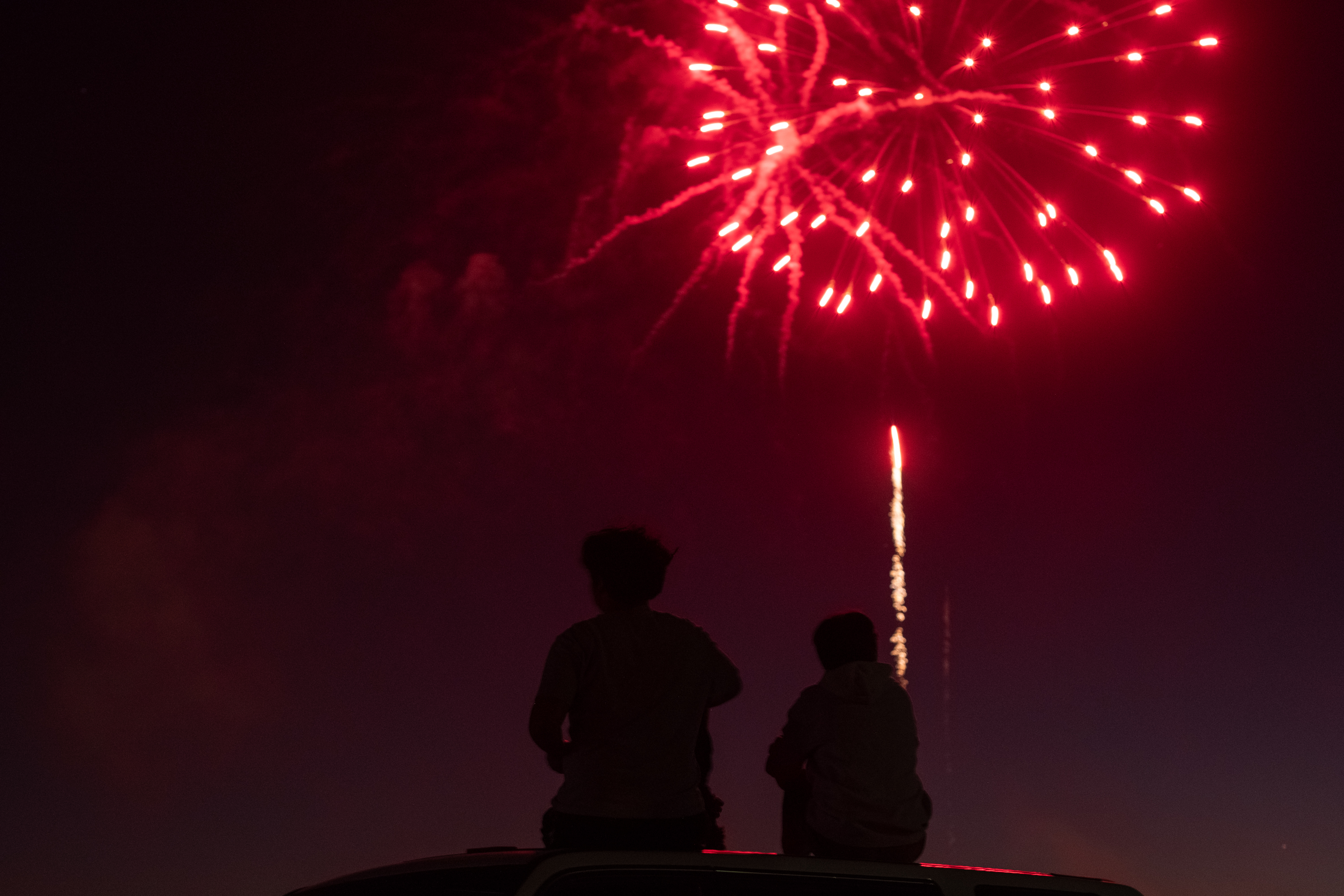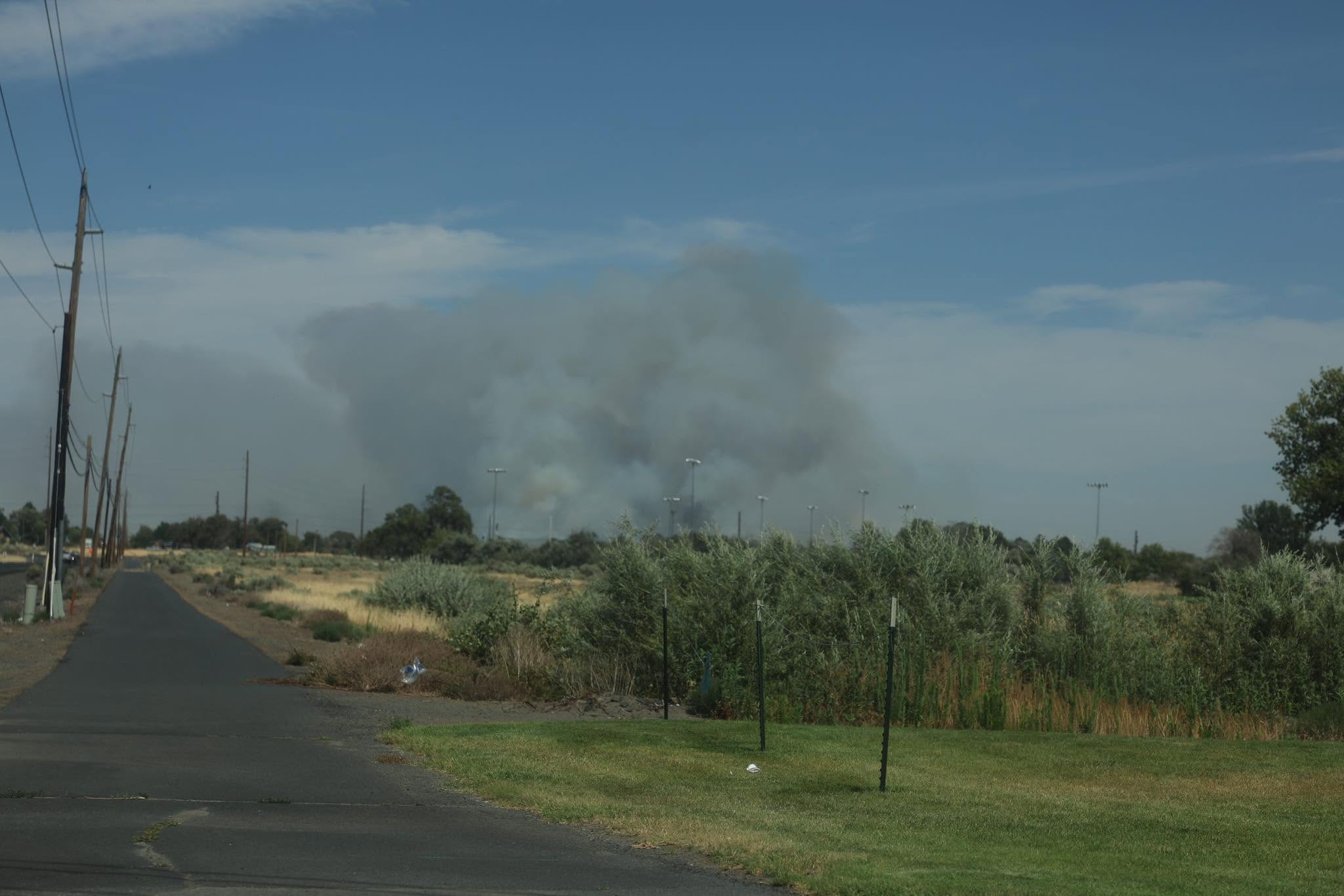John Day museum shrine to Ing Hay
Published 1:24 pm Sunday, September 29, 2002
JOHN DAY – The shrine to the kitchen god sits exactly as it did 54 years ago when Ing Hay, the local Chinese herbalist, sealed up his house and general store and moved away.
It’s been decades since anyone lit the dusty incense sticks, replaced the shriveled offerings of oranges and pomangranates or prayed before the small, smoke-blackened shelf covered in red paper.
Yet the shrine – and the man who worshipped at it – have not been forgotten by residents of John Day.
The building, now a museum that is the centerpiece of the Kam Wah Chung State Heritage Site, pays tribute to “Doc Hay,” his astounding medical skills and to the rural, largely white community that accepted the doctor when Chinese immigrants elsewhere were being persecuted and run out of town.
“There’s a sort of pride about what’s in the building, even though it’s all Chinese,” says Carolyn Micnhimer, the 76-year-old woman who maintains the museum and gives tours. “People are proud the Chinese were treated well here.”
The rickety stone-and-wood museum, originally built in 1867 as a general store, looms awkwardly over tidy homes at the end of a quiet cul-de-sac in this town of 2,000. Children play on its doorstep, just a few feet from one of the oldest and most complete displays of Chinese herbal medicine in the country.
The Kam Wah Chung and Co. – including its vast store of traditional Chinese medicines dating back to the 1800s – was shuttered in 1955 after Hay’s death several years earlier.
Hay’s relatives deeded it to the city, but the building was forgotten for more than two decades until officials trying to buy nearby land discovered that the city owned it.
When it reopened in 1978 as the Kam Wah Chung Museum, everything in the building – from woks to herbs to incense sticks – was catalogued and restored to its original position.
The result is the largest single collection of authentic materials from the Chinese 19th century immigration to the American West, according to Jeff Barlow and Christine Richardson, historians and directors of the Kam Wah Chang Inventory Project.
“There’s nothing like it,” says Richard Engleman, public historian for the Oregon Historical Society. “I’m not aware of anything that extensive anywhere else.”
Hay and his business partner, Long On, bought the building in 1887 after emigrating from southern China several years before.
They opened a general store that catered to John Day’s booming Chinese population, which was attracted there by the Gold Rush two decades before. By some estimates, there were 1,000 Chinese living in John Day at that time – more than the number of white settlers.
Long was the wheeler and dealer of the pair, a gambler with an eye for business who handled mail and legal issues for his friend. Hay instead focused on religion – there are three shrines in the dark five-room building – and healing with Chinese medicines.
The house, general store and clinic were once a hub of activity for Chinese and white settlers alike. People flocked to the sprawling, low-ceilinged building to play cards, get advice, pray at the shrine, order a suit, buy dried goods or – until it was outlawed in 1905 – to smoke opium.
Chinese customers got help writing letters home and children left with their pockets bulging with Owyhee Peanut Butter Kisses.
But what Hay was famous for – and what most people came for – was his healing touch. Patients, many of them white, would travel more than a hundred miles over rutted roads for a consultation with Doc Hay, though there were at least two other Western doctors in the immediate area.
He was best known for his ability to diagnose patients by simply taking their pulse.
“When you went to Doc Hay, he would take your pulse, say what was wrong with you and give you Chinese medicine and you would be healed,” says Micnhimer, the caretaker. “He was right 100 percent of the time, as far as I know.”
Stories of Hay’s talent abound.
He could tell a woman was pregnant before she knew it herself, according to one. Another recalls how Hay strapped a man to a bunk bed for five months to heal a broken back, spoon-feeding his patient daily.
Hay’s growing practice in the white community was secured around the turn of the century when he cured a prominent rancher’s son of deadly blood poisoning.
A Western doctor couldn’t cure the boy, but Hay saved him for $1,000 and six months of treatment – including six sleepless nights at the bedside, Barlow and Richardson write in “China Doctor of John Day.”
“The association is there (for John Day) even though it’s all well in the past,” Micnhimer says. “And it is passed down from generation to generation.”
About 4,000 guests visit the remote museum each summer, including dozens of school groups from throughout eastern Oregon. But Micnhimer, who has maintained the museum for 22 years, is worried about what will happen to the place when she can no longer do the job.
The museum needs repairs – some of its thick pine flooring is damaged – and 11 boxes of untranslated Chinese documents sit at the Oregon Historical Society, their contents a mystery.
Micnhimer, now 76, is trying to write a history of the place and compile records for the next caretaker, a woman who now trains with her part-time.
“I have to get all these memories together in one place so people can read them,” Micnhimer says.
“What happened here goes on for more than one generation and it will go on for more – as long as the museum’s here.”









